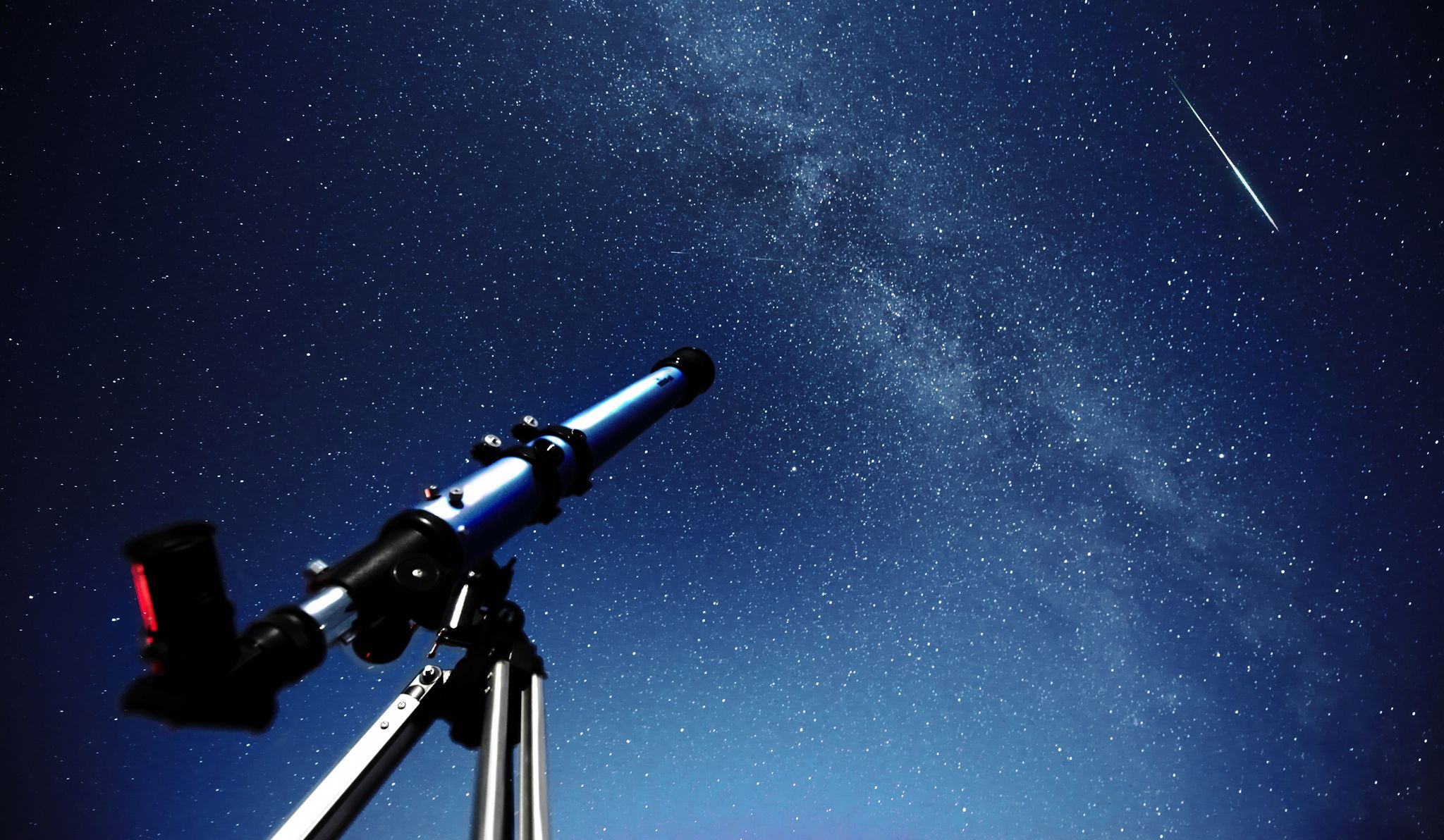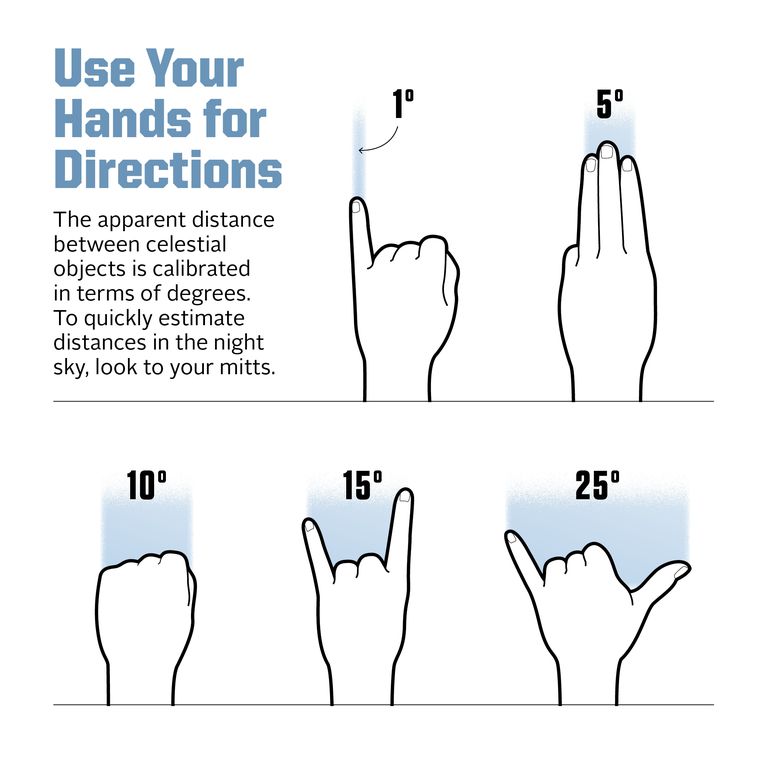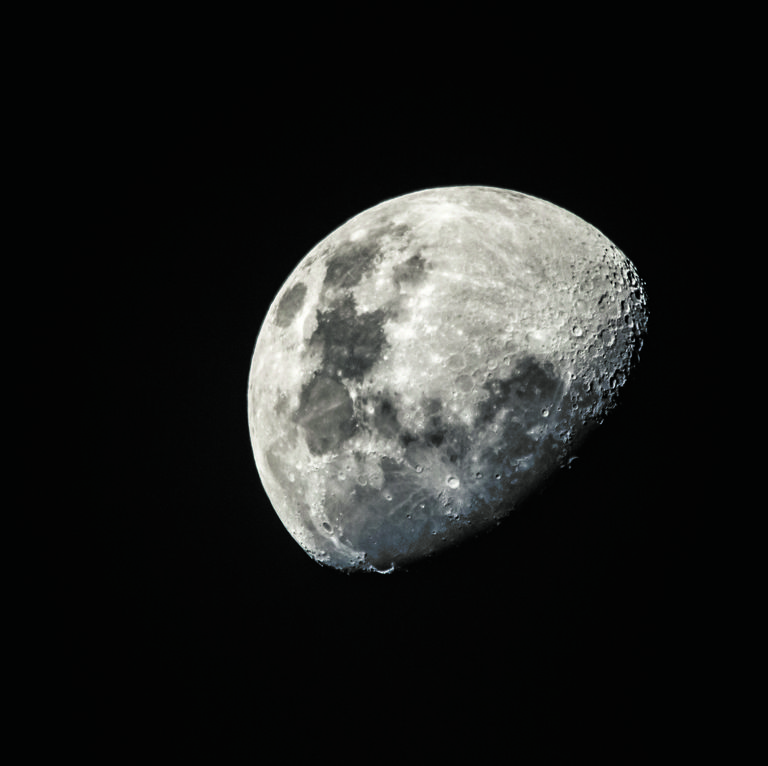DOS_patos
Unverified Legion of Trill member
Giant balls of plasma held together by gravity, spinning galaxies so far away we don't know if they exist anymore, cosmic dust borne from supernova explosions—space is awesome. To appreciate it, all you have to do is look up
It's true: You can do a lot of stargazing with a good pair of binoculars. But if you really want to get into astronomy, you need a telescope. And to that end, nothing can—and will—spoil your first foray faster than a bad scope. So don’t settle for anything suspiciously cheap, and make sure you understand the basics.
CHOOSE YOUR TELESCOPE
REFRACTOR
Your classic long and skinny telescope. Refractors bend incoming light through one curved lens into another curved lens just before the eyepiece. This simple setup makes refractors durable and low maintenance, but the high-quality lenses also make them an expensive choice.

REFLECTOR
Great for beginners, reflecting telescopes use a two-mirror system to capture and focus light. They usually have the largest apertures, giving them superb resolution. Reflectors can be big and awkward, but they’re the most economical due to a lower cost-per-inch of aperture.

COMPOUND OR CATADIOPTRIC
A stumpy refractor/reflector hybrid that uses a corrective lens and curved mirrors to greatly increase the focal length. Compounds like Schmidt-Cassegrains are more versatile and lighter than reflecting scopes, but their four optical surfaces significantly bump up the cost.

Aperture: The hole through which light passes, usually the diameter of the main lens or mirror. The larger the aperture, the better the resolution. For beginners, a 6- to 8-inch aperture is optimal. "Really, today, with the light pollution, you almost need to go eight," says Roger Kolman, a 55-year amateur astronomer and second vice president of the American Association of Variable Star Observers.
Focal length: This is the distance a lens or mirror bends gathered light to a focus point. The larger the focal length, the smaller the field of view. So a telescope with a high focal length (say, 1,400 mm) is better for viewing closer objects, such as the moon and planets. For deep-sky galaxies and nebulae, a shorter focal length (sub-1,000 mm) is ideal. "Remember, the smaller the field of view, the harder it is to find things," Kolman says.
Magnification: Cheap telescope manufacturers are always touting magnification power on the box, but that's misleading—just making something bigger isn't helpful if the resolution is poor. Magnification is simply a measurement of the telescope's focal length divided by the focal length of an attached eyepiece.
It's true: You can do a lot of stargazing with a good pair of binoculars. But if you really want to get into astronomy, you need a telescope. And to that end, nothing can—and will—spoil your first foray faster than a bad scope. So don’t settle for anything suspiciously cheap, and make sure you understand the basics.
CHOOSE YOUR TELESCOPE
REFRACTOR
Your classic long and skinny telescope. Refractors bend incoming light through one curved lens into another curved lens just before the eyepiece. This simple setup makes refractors durable and low maintenance, but the high-quality lenses also make them an expensive choice.
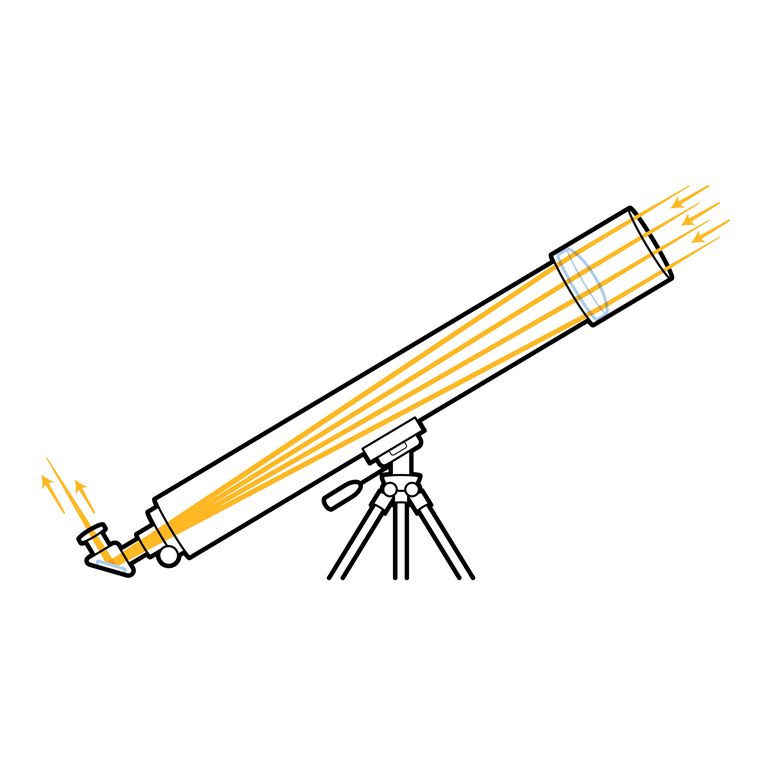
REFLECTOR
Great for beginners, reflecting telescopes use a two-mirror system to capture and focus light. They usually have the largest apertures, giving them superb resolution. Reflectors can be big and awkward, but they’re the most economical due to a lower cost-per-inch of aperture.
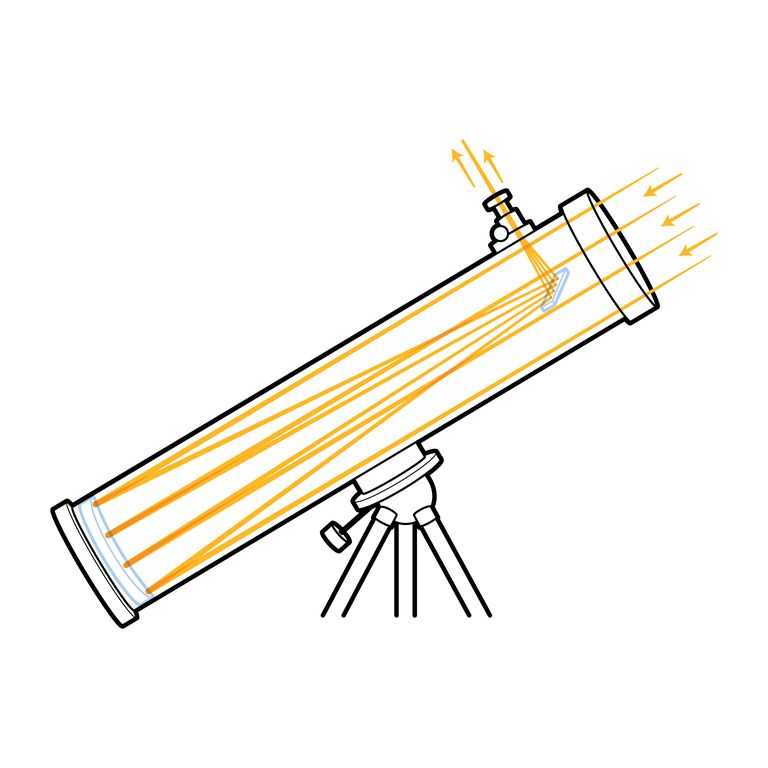
COMPOUND OR CATADIOPTRIC
A stumpy refractor/reflector hybrid that uses a corrective lens and curved mirrors to greatly increase the focal length. Compounds like Schmidt-Cassegrains are more versatile and lighter than reflecting scopes, but their four optical surfaces significantly bump up the cost.
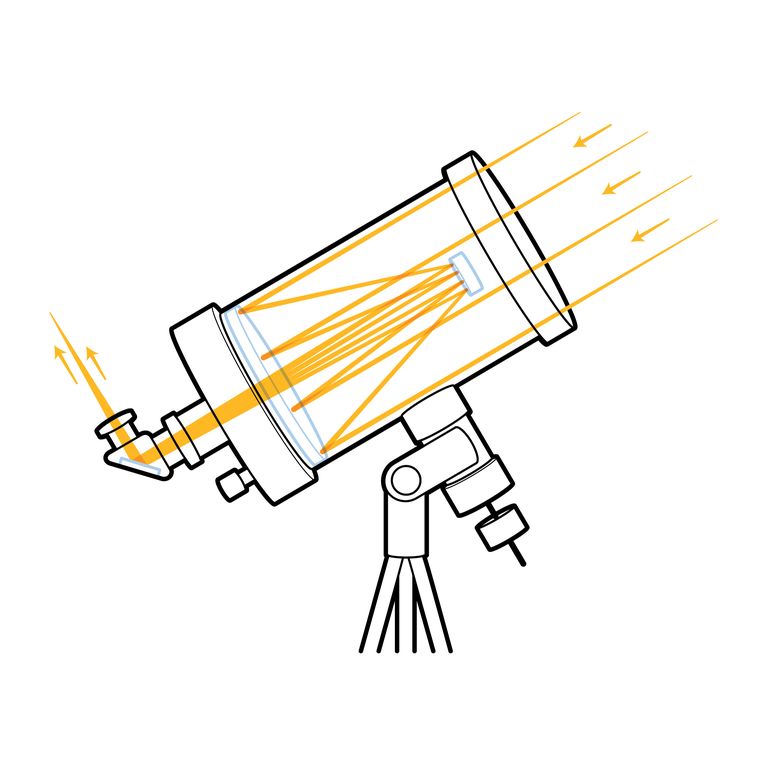
Aperture: The hole through which light passes, usually the diameter of the main lens or mirror. The larger the aperture, the better the resolution. For beginners, a 6- to 8-inch aperture is optimal. "Really, today, with the light pollution, you almost need to go eight," says Roger Kolman, a 55-year amateur astronomer and second vice president of the American Association of Variable Star Observers.
Focal length: This is the distance a lens or mirror bends gathered light to a focus point. The larger the focal length, the smaller the field of view. So a telescope with a high focal length (say, 1,400 mm) is better for viewing closer objects, such as the moon and planets. For deep-sky galaxies and nebulae, a shorter focal length (sub-1,000 mm) is ideal. "Remember, the smaller the field of view, the harder it is to find things," Kolman says.
Magnification: Cheap telescope manufacturers are always touting magnification power on the box, but that's misleading—just making something bigger isn't helpful if the resolution is poor. Magnification is simply a measurement of the telescope's focal length divided by the focal length of an attached eyepiece.

